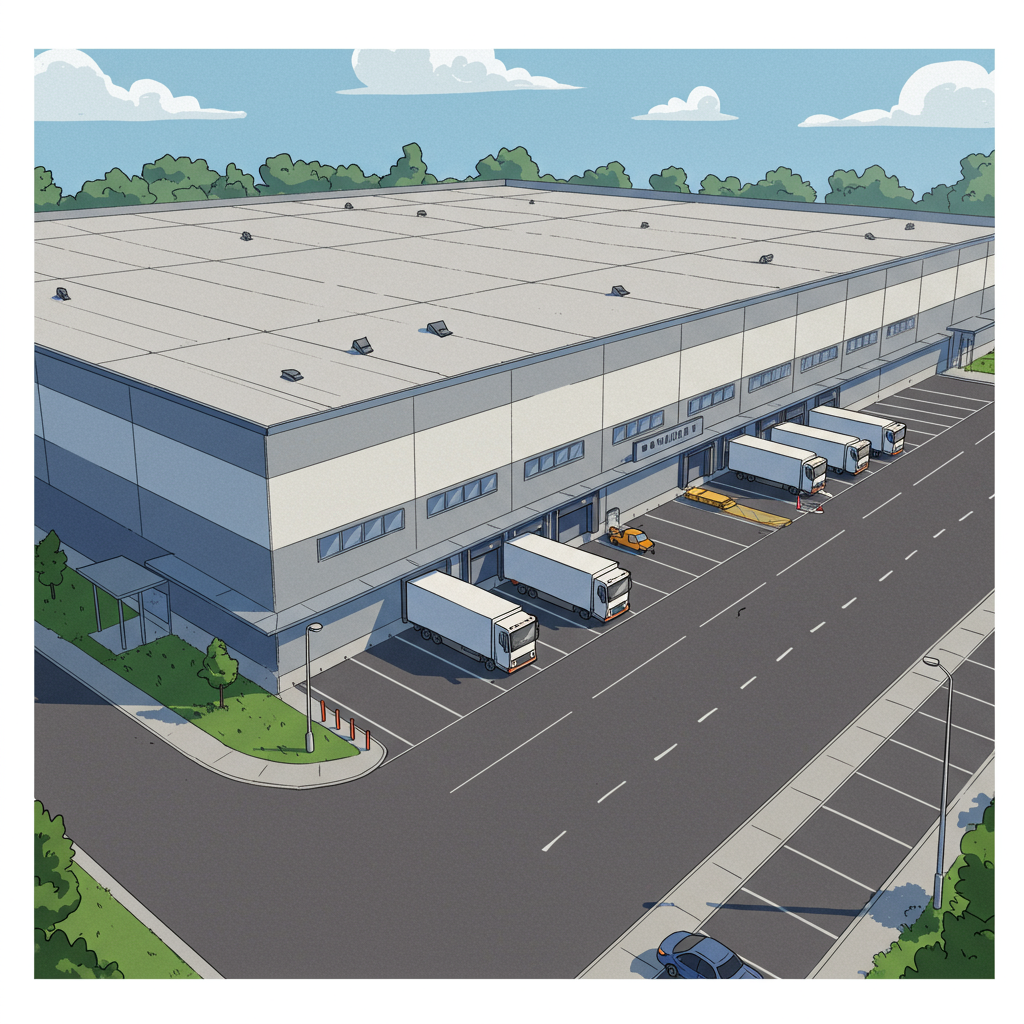Unlock Efficiency, Reduce Costs, and Delight Customers with Strategic Inventory Distribution
As a Shopify merchant, I know you’re constantly looking for ways to optimize your operations and enhance the customer experience.
One area that often becomes a bottleneck as your business grows is fulfillment.
Initially, a single warehouse might suffice, but scaling up introduces new challenges.
This is where multi-warehouse fulfillment solutions come into play, offering a powerful strategy to elevate your e-commerce game.
I’m here to guide you through understanding, implementing, and benefiting from a multi-warehouse approach for your Shopify store.
Let’s first consider the limitations of a single warehouse. As your customer base expands geographically, shipping costs can skyrocket.
Delivery times also lengthen for customers located far from your sole fulfillment center, leading to potential dissatisfaction.
A single point of failure, such as a natural disaster or operational disruption, can halt your entire shipping process.
These challenges directly impact your bottom line and your brand’s reputation.
Now, let’s explore the compelling benefits of adopting a multi-warehouse strategy.
The most immediate advantage is significantly faster delivery times. By storing inventory closer to your customers, you can offer expedited shipping options.
This proximity also leads to reduced shipping costs. Shorter shipping distances mean lower fuel consumption and often more favorable carrier rates.
Improved customer satisfaction is a direct result of faster, more affordable shipping. Happy customers are more likely to become repeat buyers and brand advocates.
Multi-warehouse setups also enhance inventory optimization. You can strategically distribute products based on regional demand, minimizing overstocking or stockouts in specific areas.
Risk mitigation is another crucial benefit. If one warehouse faces an issue, you can reroute orders to another location, ensuring business continuity.
Finally, it provides incredible scalability. As your business expands into new regions, you can easily add new fulfillment centers to support that growth.
So, when should you consider making the leap to a multi-warehouse system?
If your shipping costs are eating into your margins, or if customers are complaining about slow delivery, it’s a strong indicator.
Rapid growth, especially across different states or even internationally, also signals the need for a distributed fulfillment network.
If you’re frequently running out of space in your current facility, or if you’re looking to offer competitive shipping options like 2-day delivery nationwide, it’s time to think multi-warehouse.
Implementing a multi-warehouse strategy requires careful consideration of several key factors.
First, inventory management becomes more complex. You’ll need robust systems to track stock levels across multiple locations in real-time.
Centralized inventory visibility is paramount to prevent overselling or underselling.
Next, consider your order routing logic. How will your system decide which warehouse fulfills an order?
This often involves rules based on customer proximity, stock availability, shipping costs, or even specific product types.
What do you think about this article so far? I’d love to hear your thoughts on these initial considerations.
Integrating with various shipping carriers and negotiating favorable rates for each location is another vital step.
Technology plays a pivotal role. You’ll likely need a Warehouse Management System (WMS), an Order Management System (OMS), or a robust Shopify app that can handle multi-location inventory and order routing.
Many Shopify apps are specifically designed to extend Shopify’s native multi-location features, offering advanced routing and inventory sync capabilities.
For many merchants, partnering with 3PLs (Third-Party Logistics providers) is an excellent solution. They handle the warehousing, picking, packing, and shipping for you.
When selecting 3PLs, look for providers with a strong network of warehouses in your target regions and seamless integration with Shopify.
Don’t forget the human element. If you’re managing warehouses in-house, staffing and training for each location are essential.
A thorough cost analysis is crucial. Factor in setup costs, ongoing operational expenses, and compare them against the potential savings and increased revenue.
Finally, consider your return management process. How will returns be handled across multiple locations? A clear reverse logistics strategy is vital.
The customer experience extends beyond just delivery. Clear communication about shipping times and tracking information, regardless of the fulfillment location, builds trust.
So, how do you actually implement this? Start by assessing your current needs and identifying your primary shipping zones.
Decide on your strategy: will you manage it all in-house, outsource entirely to 3PLs, or adopt a hybrid model?
Select your warehouse locations strategically, considering population density, transportation hubs, and labor costs.
Integrate your chosen technology solutions with your Shopify store. This is often the most technical part, ensuring data flows seamlessly.
Consider a pilot program with a limited set of products or a specific region before a full rollout.
Continuously monitor your performance metrics – shipping costs, delivery times, customer satisfaction – and optimize your processes.
Shopify itself has made strides in supporting multi-location inventory, allowing you to assign inventory to different locations.
However, for advanced routing and complex scenarios, you’ll often need to leverage the rich ecosystem of Shopify apps.
Apps like ShipStation, ShipHero, or dedicated multi-warehouse solutions can provide the sophisticated logic required.
In conclusion, embracing a multi-warehouse fulfillment strategy is no longer just for enterprise-level businesses.
It’s a powerful, accessible way for Shopify merchants like you to gain a competitive edge.
By reducing shipping costs, speeding up delivery, and enhancing customer satisfaction, you’re not just optimizing logistics; you’re building a stronger, more resilient brand.
I encourage you to explore how a distributed fulfillment network can transform your Shopify business.
The investment in time and resources will undoubtedly pay dividends in customer loyalty and operational efficiency.
Take the leap, and watch your Shopify store thrive with optimized fulfillment.






